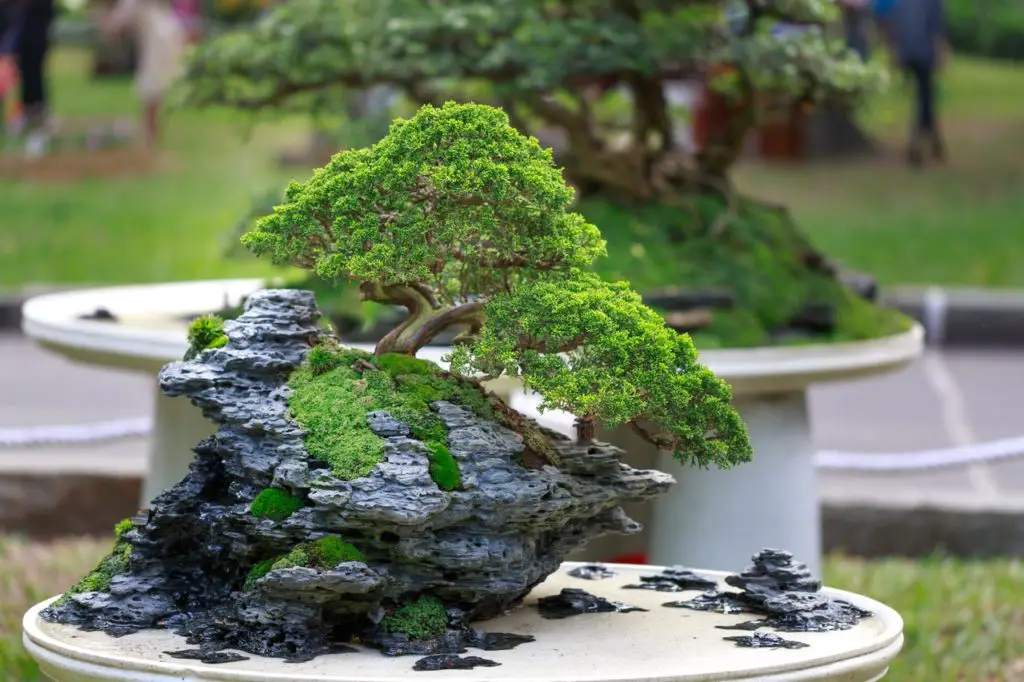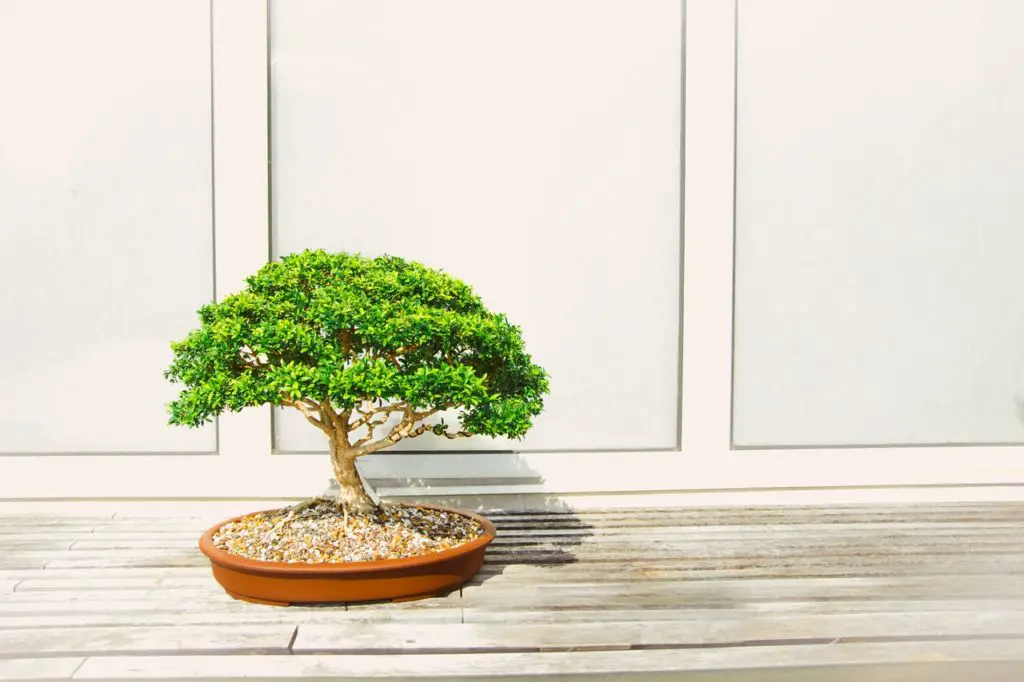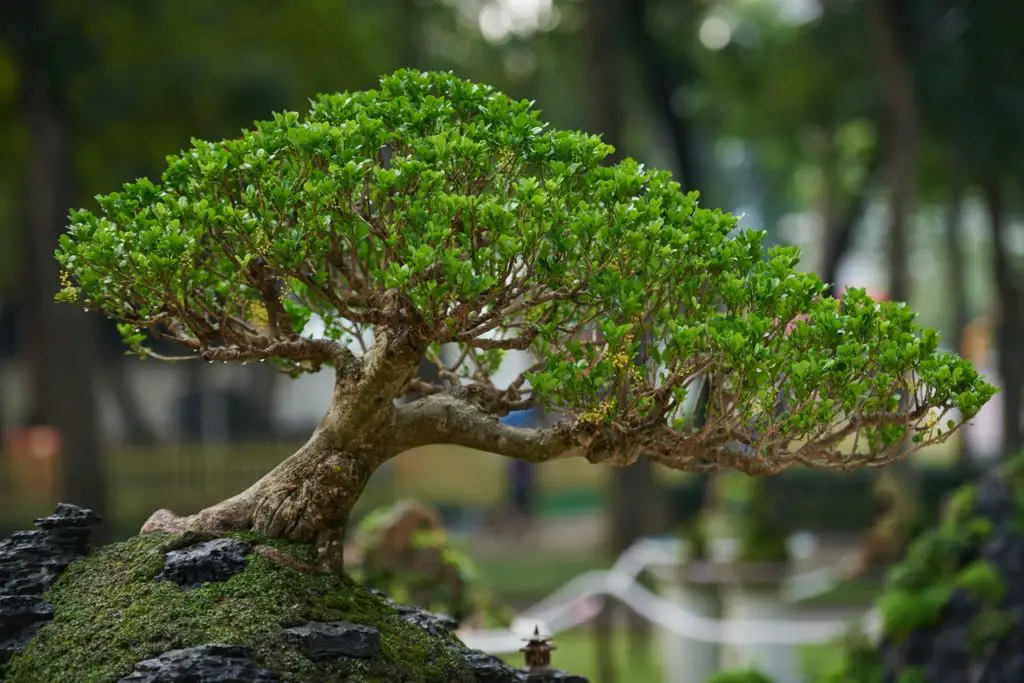A bonsai is a miniature tree that is grown in containers, usually indoors. It is not just about creating something beautiful. A well-grown bonsai requires commitment and the most important thing you can do for it is proper care.
Before we get into the actual process of growing and caring for a sequoia bonsai, let’s first look at what these trees are and how they came to be.
The species known as the sequoia is actually a species of evergreen coniferous tree, native to western North America. This species grows in limited areas of the United States such as California, Oregon, and Washington.
And on the other hand, the art of bonsai came from china. Although the word Bonsai is originated from Japan.
Seedling
Bonsai seeds are usually planted in the early spring, however, they can be planted any time of the year.
Before planting them, make sure that there is no moisture on the surface of the soil mix. Also, check for tiny insects or other pests to avoid spreading germs during propagation.
After you plant the seedlings, wait for one or two weeks to see the sprout. Don’t be disheartened if only a few seeds germinate from 10-20 seeds. The germination rate is around 15-25% usually. Anything better than that should be considered lucky.
Cultivation & Care
Growing a sequoia bonsai is not that difficult. It requires lots of care and maintenance but it can be done. The most important thing you need to know about growing a sequoia bonsai is the proper lighting conditions for them, which are direct sunlight or artificial light. In addition, they require a regular watering schedule and plenty of nutrients.
You should also know that you can’t grow them outdoors as it will be impossible to keep the humidity levels up for these trees.
They need direct sunlight or artificial light in order to thrive, so if you are planning to grow them outdoors, make sure you are able to provide the necessary lighting conditions.
The moisture must be maintained at a certain level for these trees to thrive. As you can see, it is very important that you do not skimp on the watering as this will have a negative impact on your bonsai tree.

Lighting Requirements for Sequoia Bonsai
Most of the sequoia bonsai trees require light for their proper growth. Do not expose them too much to direct sun, as it will cause them to burn and turn brownish in color. There are different types of lighting that can be used in growing a sequoia bonsai tree indoors.
Full sun will allow them to grow better, but they will not produce as much foliage. If you are growing these trees indoors, then you should place the bonsai tree in a location that gets full sunlight.
There is an option to use fluorescent lights which are more effective than regular incandescent light bulbs. There is also an option to use metal halide or high-pressure sodium lighting systems.
Watering & Fertilizing
The best way to fertilize a sequoia bonsai tree is by using a good quality, diluted fertilizer that is available in most gardening stores.
You should also ensure that you are giving them the proper amount of water every day and on a regular basis. Because they need a lot of water to thrive.
When it comes to feeding your sequoia bonsai tree, you should know that they require a balanced amount of nutrients in order for them to grow properly.
You should also be sure that you are giving them a balanced diet that includes a good amount of nutrients and trace elements.
You should also be sure that you are giving them a balanced amount of potassium phosphorus and nitrogen, which will give them the right balance of nutrients they need to grow.
10-5-5 or 12-6-6 is the ideal NPK ratio, where N stands for Nitrogen, P stands for Phosphorus, and K stands for Potassium.
During the growing season, you should give them a steady amount of nutrients and water, but when it comes to the winter months, then you should be sure that they are not getting too much water.
Also, make sure the drainage system is working properly so that they do not get root rot.
Sequoia bonsai trees are not going to grow very fast. And don’t the other hand dehydration will cost you your bonsai dead.
So if you want them to have a more healthy look, it’s important for you to prune the branches which we will discuss next.

Shaping & Pruning of Sequoia Bonsai Trees
When it comes to shaping your sequoia bonsai tree, you should know that there are different techniques that can be used.
You can either prune the branches of your sequoia bonsai tree in order for them to have a more natural look or you can simply cut them off.
The key to shaping and pruning is to keep the tree’s overall silhouette intact. When shaping, you can create a variety of angles, heights, and limbs. If you have any specific shape in mind, you can prune and give your bonsai that shape.
When pruning, you want to remove any existing branches that are dead or diseased as well as those that are weak. Some of the common shapes that you can create with your sequoia bonsai tree are
If you want to have a more natural look, it’s important for you to trim off all of the branches on one side of the tree.
You should also ensure that any branches that are left on the other side of the tree should be at least two to three times as long as those on one side.
After running you should wait a bit for new growth to appear.
Sequoia bonsai enters its dormancy period in late Winter. So that is the best time for pruning. So for shaping and pruning, January and February months are perfect for it.
Repotting
The procedure for repotting a bonsai is to remove the old soil from the rootball, clean the outside of the rootball with water, and then place it into a new pot.
The new pot can be a plastic pot or a clay pot. You can use different sizes of pots depending on the size of your bonsai tree. For a small bonsai, you can place it into a 3-inch pot or a 5-inch pot for larger trees.
Using a shallow pot can cause your bonsai tree to become root-bound. Therefore, you should only use a shallow pot for trees that are less than five years old. In order to keep the soil from drying out, it is important for you to place a layer of gravel or rock on top of the soil.
Pests
Planting them in moist soil, watering, repotting and pruning is not the only thing you have to do to grow Sequoia Bonsai.
You also have to keep an eye on them and make sure that they don’t get any diseases. You can do this by washing your bonsai tree every week, and pruning it if necessary.
Check the soil in which you are growing your bonsai at least once a week and change it if necessary. Make sure that the soil is well-drained and you will have to add some perlite or pumice in order for your bonsai tree to thrive.
You should also ensure that you do not leave any fallen leaves on the ground because this will attract pests. If you do not want to add any fertilizer, you can use a soilless mix and add some perlite or pumice on top of it in order for the soil to be porous.

Sequoia and redwood tree
The coast redwood is the tallest tree in the world, reaching heights of up to 370 feet. One of its favorite habitats is cliffs along the ocean where it can take advantage of salt spray.
It is also found in moist coastal forests and swampy sites near rivers or streams that flow into the ocean.
The coast redwood is also known as the “giant sequoia” because it can be found in areas where other large trees have been cut down or are not suitable for this species. The coast redwood has a very deep taproot, which helps it grow in the soil that is often very acidic.
The bark of the coast redwood can be smooth or grooved, and it has large, thick branches which are quite stiff.
Redwood bonsai is one of the most popular types of bonsai trees, and it is also one of the easiest to care for. It is not as rare as some other species, but there are still very few places where you can find them in their natural habitat.
Giant sequoia
The giant Sequoia tree, also known as Sequoiadendron giganteum, is a species of tree that has been widely planted as an ornamental tree.
The giant sequoia or coast redwood can grow up to 300 feet tall and its trunk diameter can reach 25 feet. This large-sized tree was first discovered in the Sierra Nevada Mountains of California in the 19th century.
Giant Sequoia trees are often called dinosaurs because of their size and also because they are so old. The oldest sequoia tree in the world is more than 3200 years old.
The giant sequoia is a large tree with broad, rounded crowns and has thick trunks. It also has an open-growing habit and does not have any branches growing from its trunk.
Conclusion
When you’re growing a Bonsai, it’s all about patience and care. If you’re new to this kind of gardening, or simply don’t have the time or money to invest in growing one of these trees, there are still some ways that you can nurture your bonsai.
Some of the most common types of bonsai can be grown with little effort on your part; all you need is a pot and soil. Other types may require more maintenance than others, but they still require less care than they would if they were growing naturally in the wild.
![How To Grow Sequoia Bonsai From Seedlings? [2023 Guide]](https://gardeningforu.com/wp-content/uploads/2022/01/How-To-Grow-Sequoia-Bonsai-From-Seedlings.jpg)